11 minutes
My 14 👍👍 Books of 2023
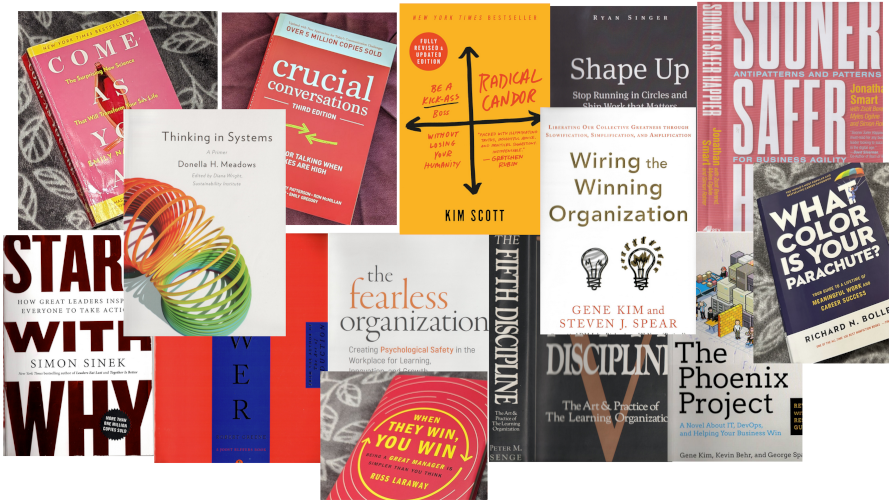
⭐ Crucial Conversations
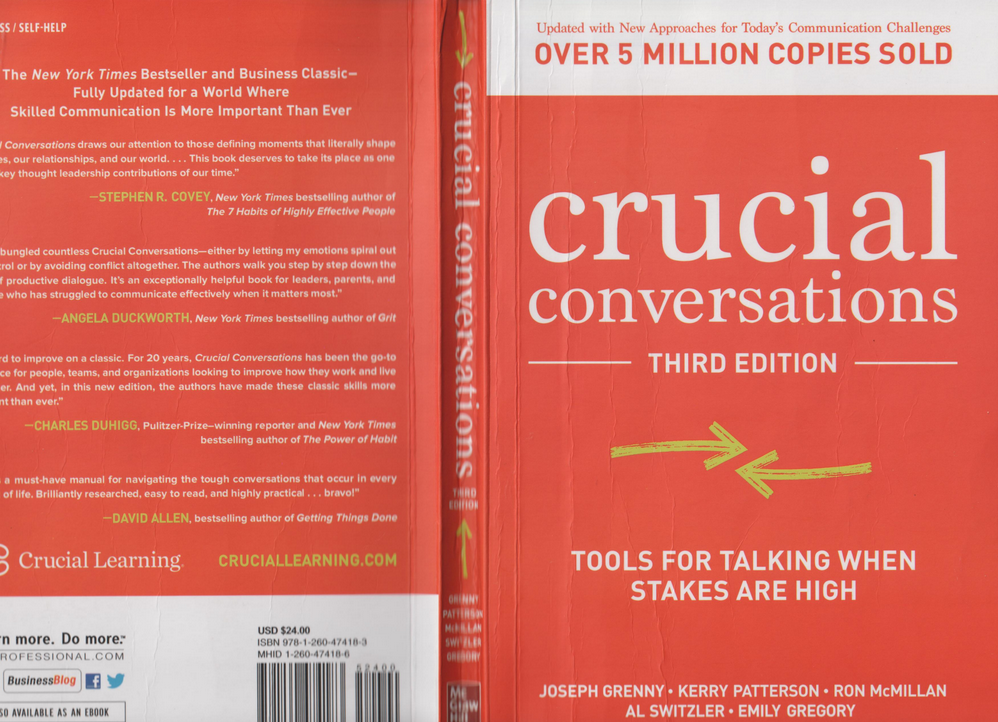
On the topic of interesting conversations, this one was a real light bulb moment for me. If How to Win Friends and Influence People taught me how to be a better listener, Crucial Conversations taught me how to be a better responder. Immediately after finishing it, I was amazed at how it allowed me to take a step back in conversations that previously seemed dramatic, and often ended badly. I became much more controlled in my approach. I think this is because of the notion of Path to Action, that taught me how my (often flawed) interpretation of facts led me to (often unfortunate) actions. This was one of my blind spots, and by shedding some light on it, I think I became a better person.
⭐ Radical Candor
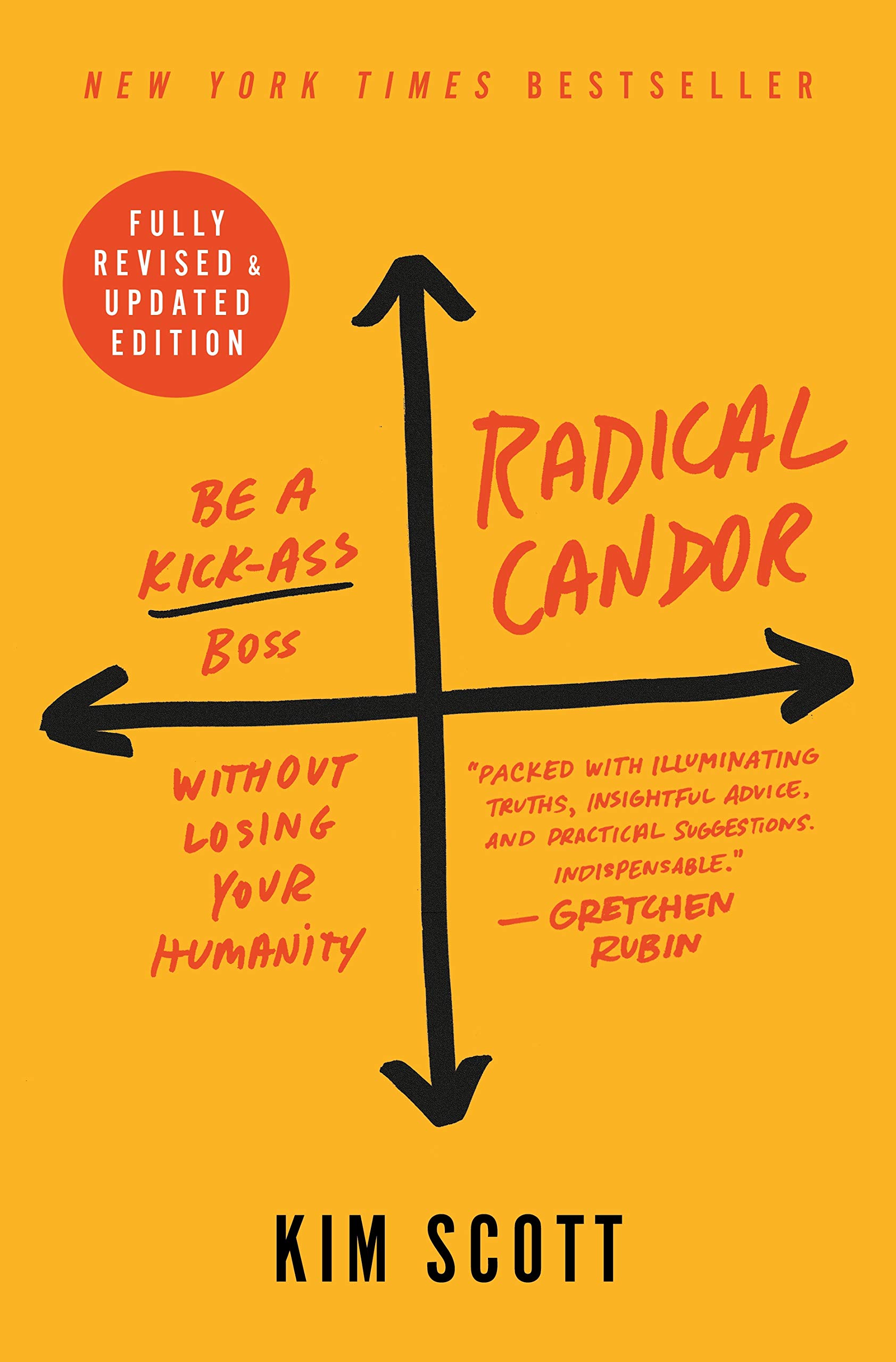
My original review for Radical Candor was pretty short:
Essential reading for anyone who has to interact with a manager or employees on a daily basis!
I know I tend to talk in hyperbole when I’m excited about something, but in this case I genuinely believe this book should be read by anyone with a boss or who’s a boss. In a tight little package, Kim Scott manages to give a simple framework for giving and graciously receiving feedback. As you probably know, feedback is information, and information is the source of all power. To know how to handle feedback is the golden key to healthy and productive collaboration. One of the reasons why I want to put this book in the hands of so many people is because it really allows to better understand the reality of the other: as a worker, you will better understand the constraints within which your boss must operate, and as a boss you will better understand the effect you have on your subordinates.
Don’t wait for your company to give you management training. Go straight to the source and read this amazing book!
⭐ Sooner Safer Happier
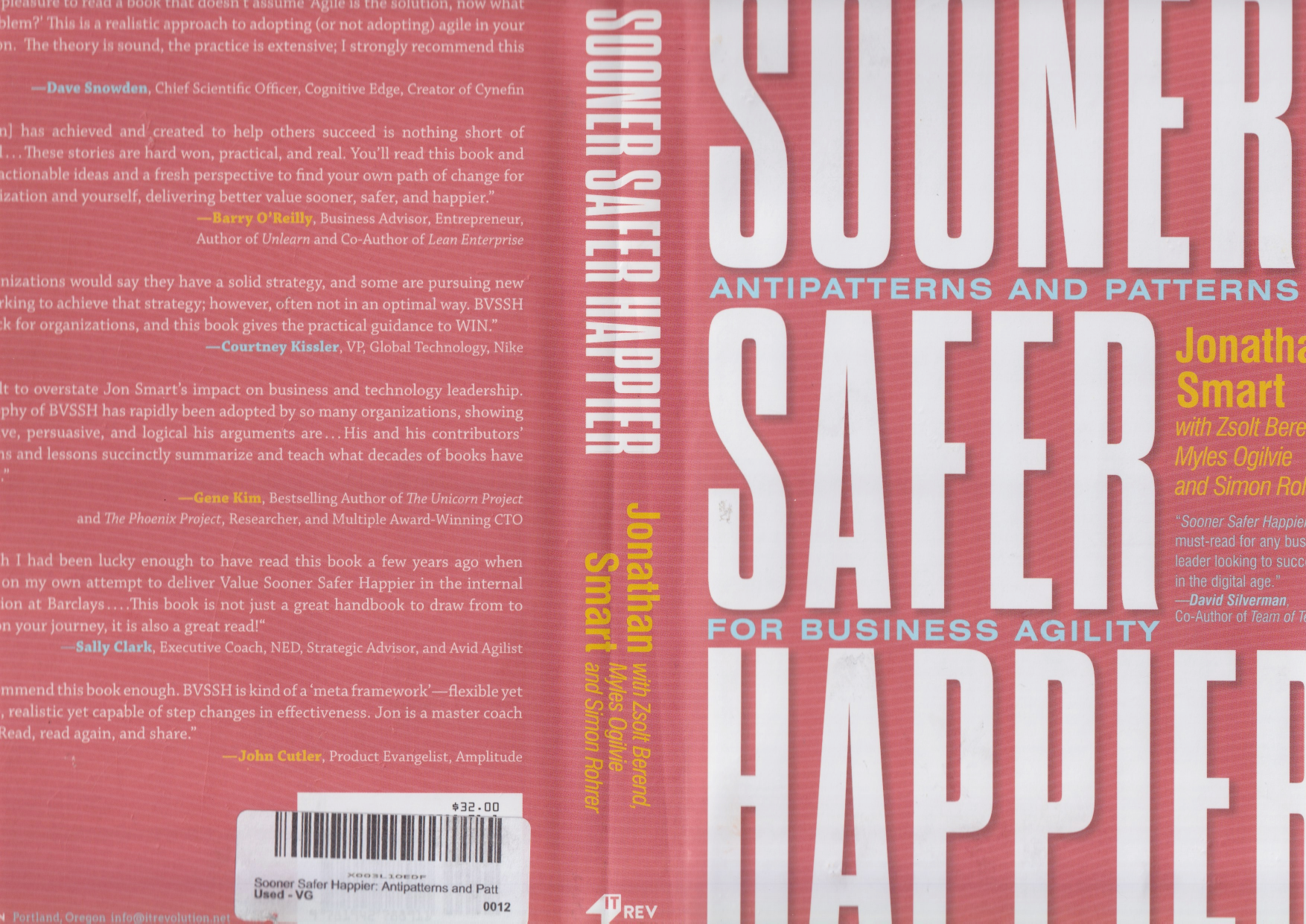
This book was a revelation. What it did for me is take a bunch of puzzle pieces I already had (e.g. Project to Product , The DevOps Handbook , Making Work Visible , Team Topologies ) and connected them together in a single, illuminating package.
What I especially love about this book is its structure. Each chapter has two parts: anti-pattern and pattern. It begins by describing all the consequences of our ignorance of specific patterns that happen in business, and then flips the situation around by showing what to change in those situations and what effect to expect. If you are at all interested in subjects related to DevOps and productivity, I could not recommend this book enough. This one deserves a gold star, for sure.
⭐ The Fearless Organization
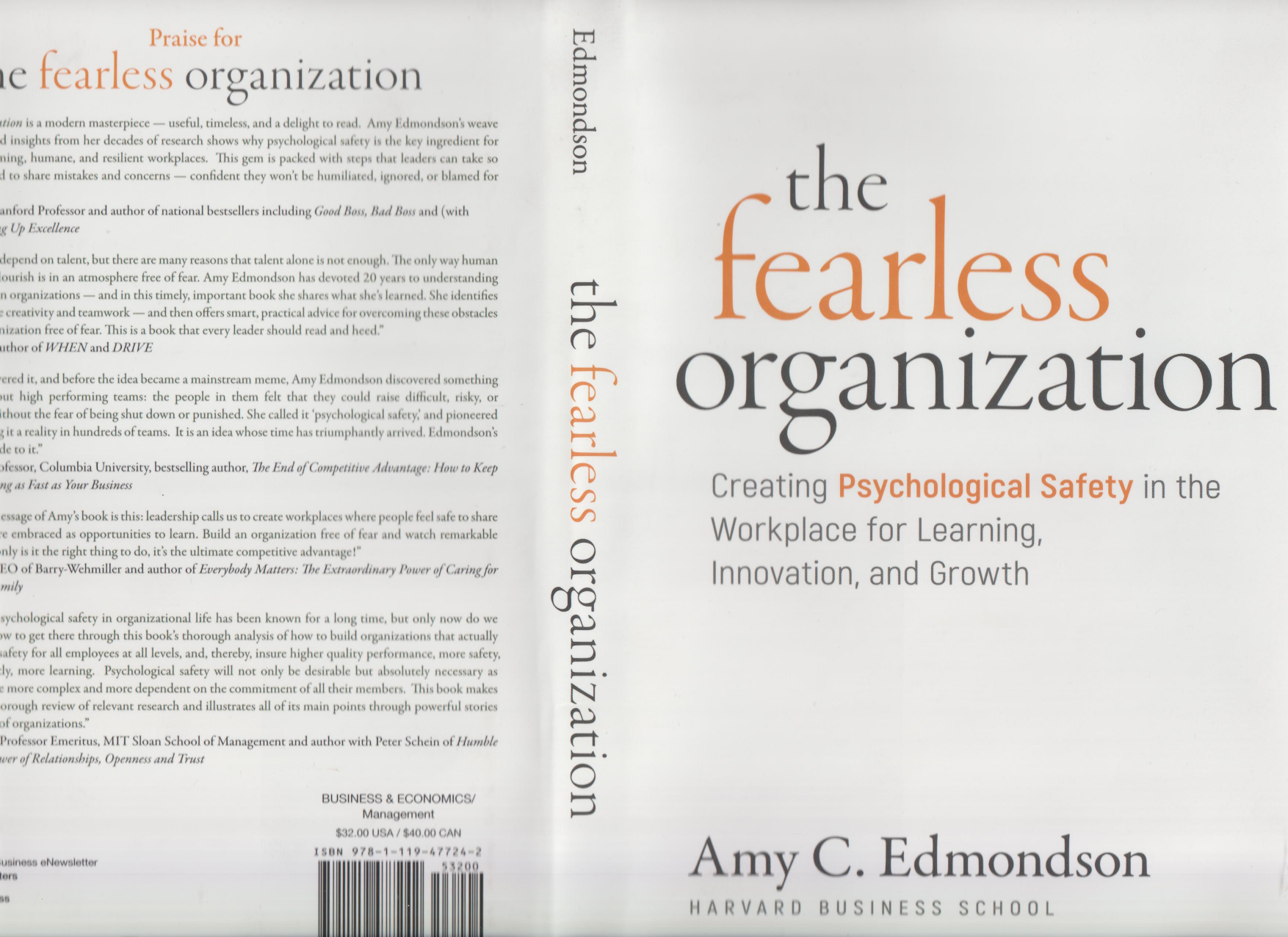
This book single-handedly coined the term “psychological safety.” Amy Edmondson should win a Nobel prize for this achievement.
Looking back on situations of your life, can you identify instances where you now think “I should have spoken up”? It could be during a meeting, during a family reunion, during an important operation with the head surgeon… All of us, at some points in our life, choose to withhold the truth. This has immeasurable consequences to the people around us, and to ourselves. And the common denominator in all of these instances, is lack of psychological safety.
I can’t express enough how important this book is to me. After reading it, all I could think about was how much I could literally feel the presence or absence of psychological safety in specific relationships, in specific groups or group settings. Relationships that are built on psychological safety are more efficient and more comfortable. To me, psychological safety really is the magic ingredient that allows us to be both happy and productive.
⭐ The Fifth Discipline
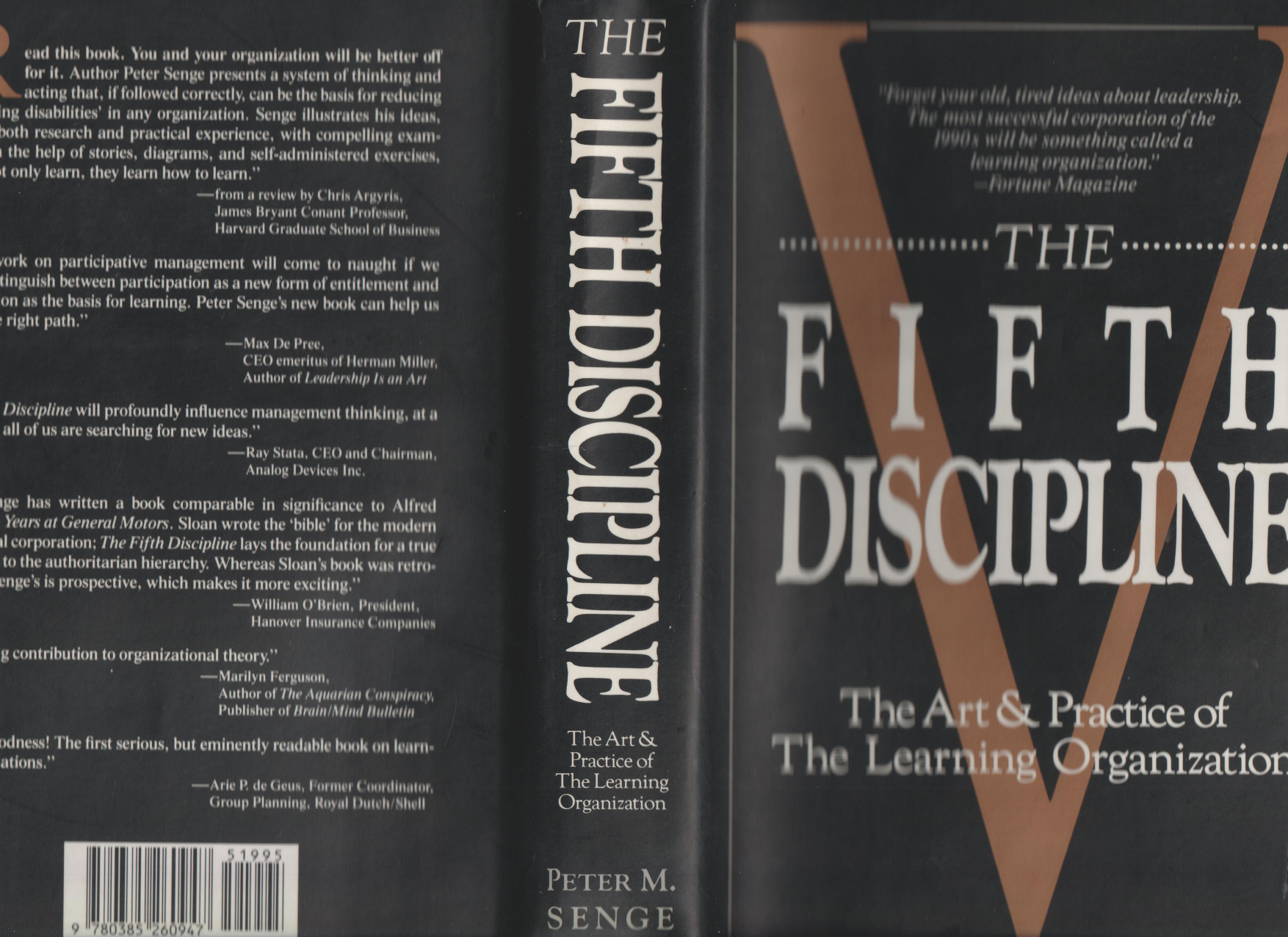
This book taught me about the discipline of Systems Thinking. Wow, what a ride. It was like learning a new language, except, this language made it easier for me to interpret the world I was living in.
This is a big book that goes in many different directions. It’s a masterful book. It teaches us how to think about one of the most elusive concept of all: cause and effect.
I don’t know what else to say about this one, other than “holy moly, this was written in 1990!” Had this come out today, it would still be a smash hit. Its insight is absolutely timeless. Check it out.
⭐ Wiring the Winning Organization

Last, but certainly not least, we have this new freshly published book from Gene Kim and Steven Spear. In my opinion, “The Death of DevOps” could have been a fitting alternate title to this one.
I find it poetic that Gene Kim, who wrote The DevOps Handbook , is now giving us a book that goes one step further and allows us to do without the “DevOps” buzzword which, to me, has started to lose some of its shine and meaning. The concept of the three layers of work is both such a simple and deep concept, it’s hard to believe that no one thought of it before. It’s a game changer. From this point on, instead of saying that some company has “good DevOps practices” (whatever that means), I’ll simply say that they wired themselves for success.
A simple change, yes. But naming things right is important. And with this book, I believe Kim and Spear have knocked their naming out of the park. Kudos!
Come As You Are

We’ll begin this list with a banger, a book on self-acceptance in the context of sexuality. After being in a relationship with my partner for a number of years, it seems normal to start having a few doubts and questions related to sexuality. This was the first book I read on the topic and it basically showed me how ignorant I truly was. In this sense, I can’t say this book is guaranteed to make anyone’s sex life go from terrible to great after you’re done reading it (that will take a long, slow, challenging and hopefully rewarding process), but it was a great start for me and I feel safe recommending it to anyone. If you’re living with a partner, try to read it with them for best results. It will surely spark some interesting conversations!
Shape Up
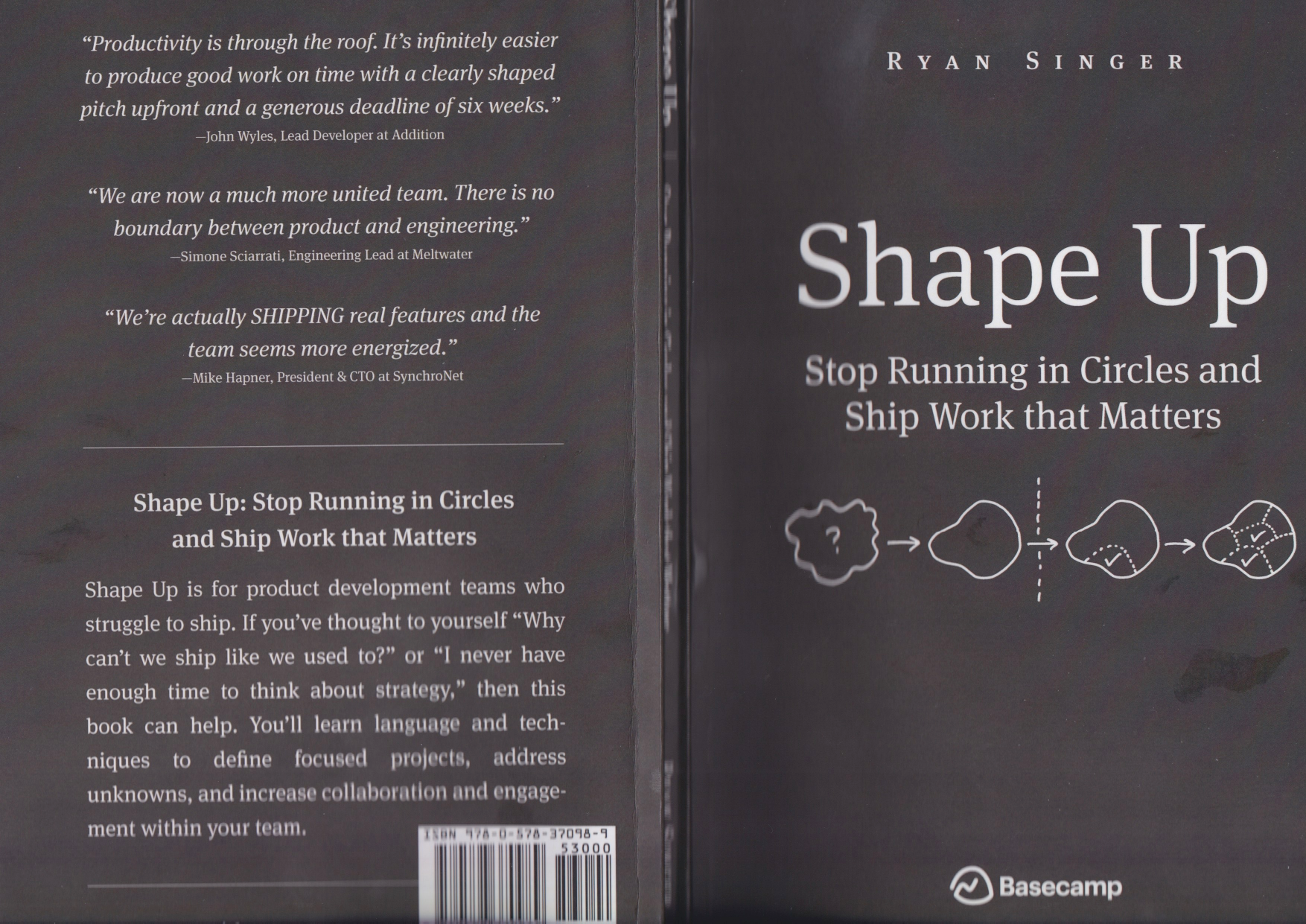
When designing a timeline and scope for a project, people tend to determine a scope from requirements and attempt to determine what timeline can fit with that scope. For example, “We’ll build a 3 floor building, and that should take roughly 4 months.”
The core idea of Shape Up can be summarized with a single, but genius, idea, that involves flipping around the old management habit; Instead of fixing the scope, fix the timeline, then see what you can reasonably scope inside it. In essence, finishing on time is more important than fully realizing your vision. For example, “In exactly 4 months from now, we will open a location that will be able to house 18 humans.”
I love that, for so many reasons. People who find themselves missing deadlines probably were working on requirements that were too rigid (“It has to look exactly like the vision I have in my head”), or too vague (someone did a bad shaping job). It completely flips the traditional and sometimes tired practice of Scrum Sprints on its head and I think Shaping is a better system for delighting customers and shareholders, because its first objective is to ship on time the minimum that will satisfy your stakeholders. You can never re-do a first impression, and in business I believe most first impressions revolve around punctuality.
Start With Why
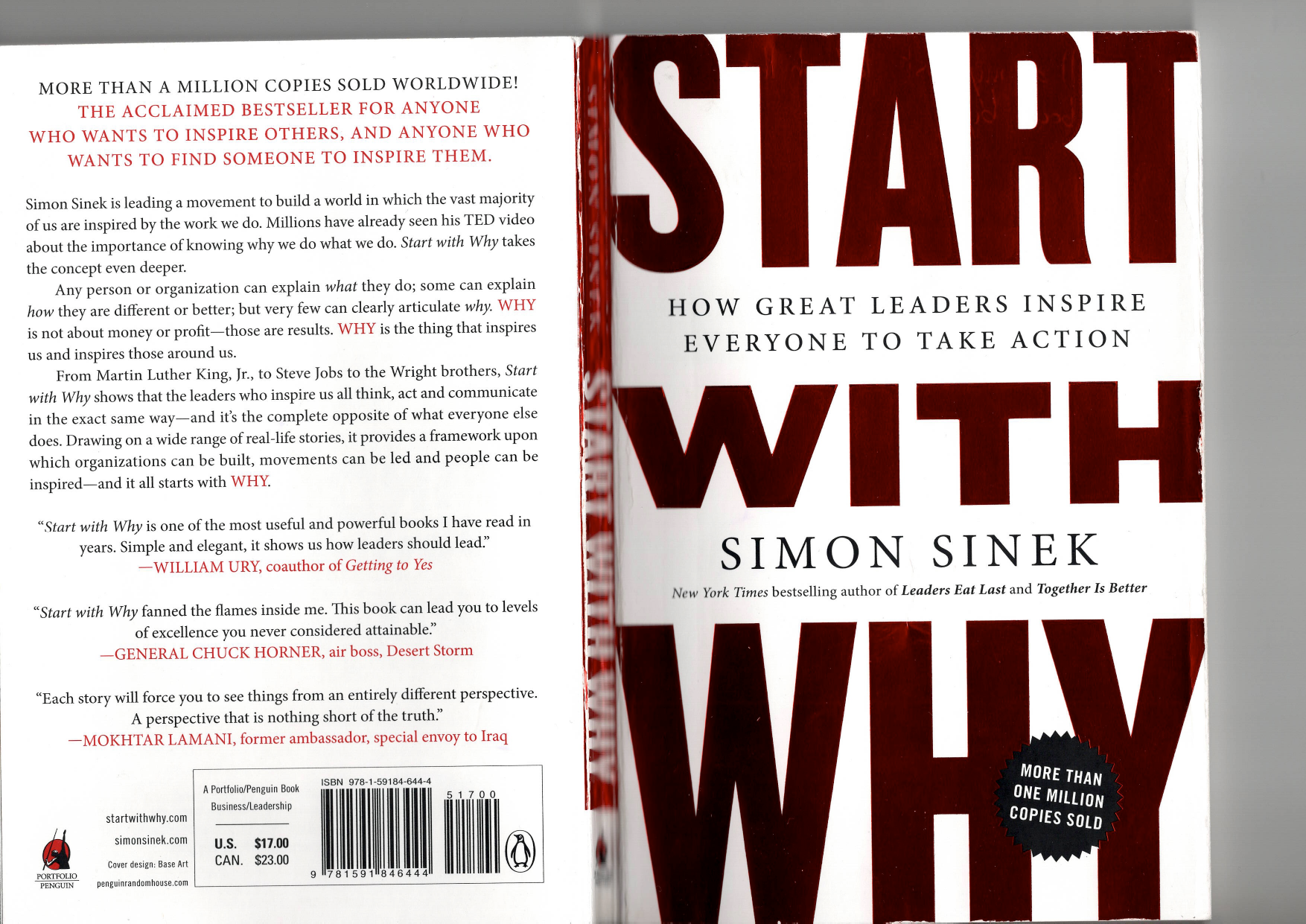
This book is a classic that seemingly needs no introduction. Apparently, I had been living under a rock for many years, because I had no idea who Simon Sinek was before beginning this book. When I finished it, everyone I talked to seemed to know not only who he was, but what the theory behind the golden circle of (What(How(Why))).
What this book taught me is the power of vision. What you do doesn’t matter as much as your true reasons for doing it. Literally, “it’s the intention that counts.” People can tell the difference when you do something good for the wrong reasons. Powerful and timeless insight, indeed!
The 48 Laws of Power
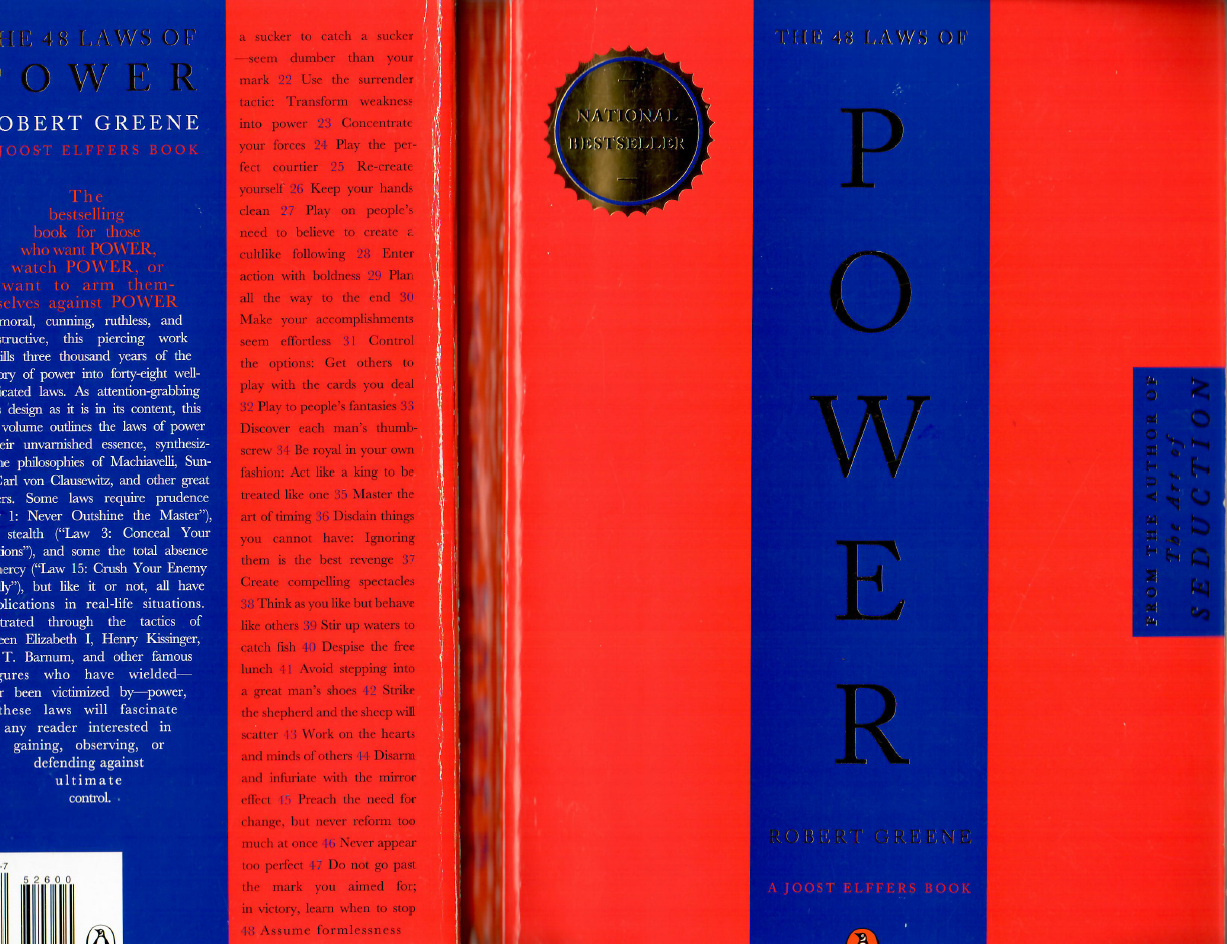
Apparently, gaining access to this book is forbidden in many prisons over the world.
This fact alone makes this imposing book seem like a weapon. And I can’t say I disagree with that; this book is really a double-edged sword. It cuts through the bullshit and, whoever you are, it will point a finger at whatever you’ve been doing wrong when handling power. While I was reading it, I couldn’t stop thinking that this felt like a guide on the literal physics of Power.
The book is structured similarly to Sooner Safer Happier . Each law is explained through “observances” and “transgressions” of the law, through stories of human history. In a sense, this can seem anecdotal, akin to cherry-picking, but the examples are well chosen and powerfully (!) illustrate the author’s point. Personally, I think it taught me a great deal about how to observe myself in public, and what bad habits to look out for, in order to have better working relationships.
The Phoenix Project

Ah, the good old Phoenix Project. The first time I read this book was in 2019, and now I read it a second time in 2023, now better armed with my learning system . What’s interesting about this book is that it’s written as a novel, which makes it more accessible to a larger audience. It really opened the doors to DevOps for me, and put me on a long, windy road that only today I am starting to make more sense of. In my opinion, it shatters the myth that DevOps is all about the pipeline, and instead shows that at its core, DevOps is really centered on how you handle people and your processes.
If you are beginning your learning journey and are interested about boosting your organization’s productivity, I think this is the starting point you are looking for. When you are done, my recommendation is to then check out Sooner Safer Happier .
Thinking in Systems
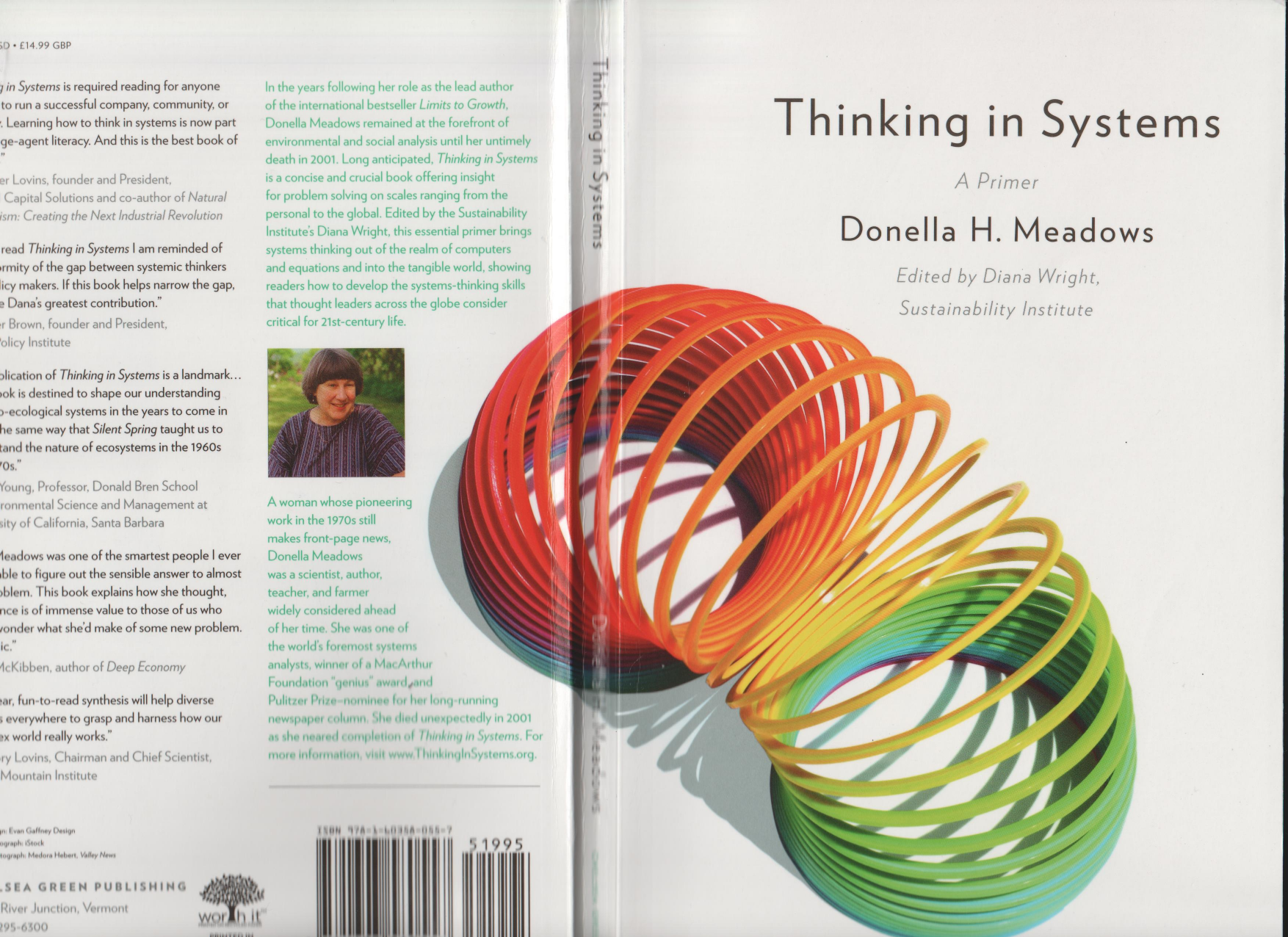
I had to read this book to pay my respects to the pioneering work of Donella H. Meadows, the woman who single-handedly created Systems Thinking. This book is essentially a condensed version of The Fifth Discipline . If you are intimidated by the length and Depth of The Fifth Discipline, look no further than this book. It’s gold.
What Color Is Your Parachute
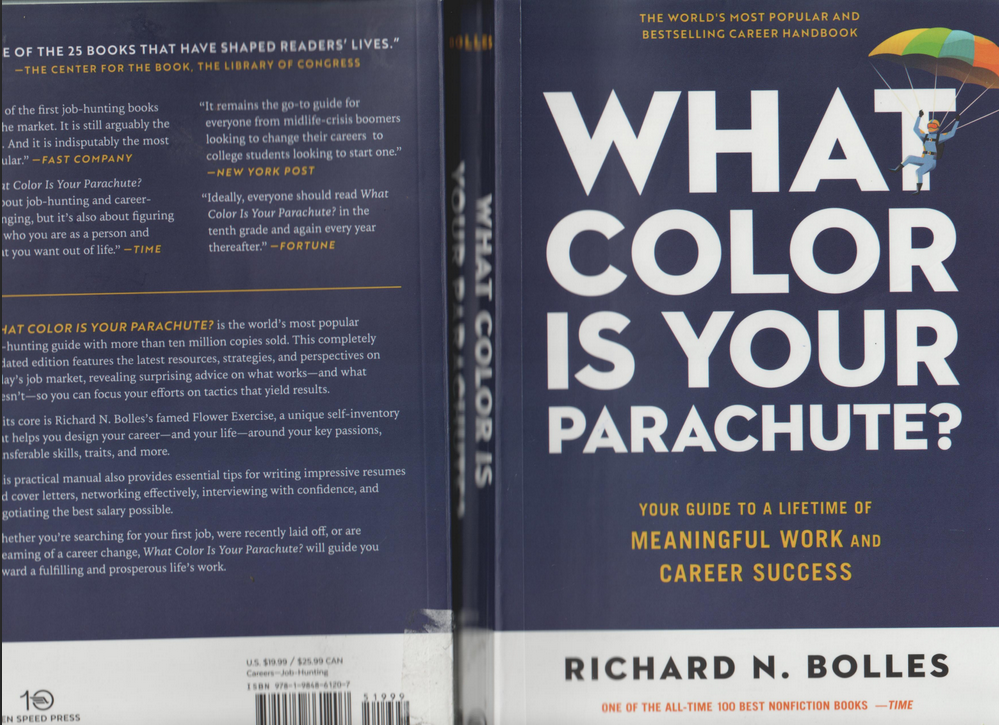
I had to look for a job in 2023, and I had this book on my radar for quite some time. Now was the perfect moment to give it a chance!
I was amazed to find out that this book has been edited almost every year since it’s initial publication in 1970. That’s something I didn’t realize was possible! I could definitely feel its effect as I was reading it, though: advice was fresh and relevant, unafraid to talk about today’s technologies and tricks to job hunting because the editor knows that if they become obsolete, they’ll just update them in next year’s edition of the book.
If you’re currently looking for your “dream job” or you know someone who’s on the hunt, this one is a classic. It will make you work (and even encourage you to start writing in the book!), but if you do the exercises dutifully, I’m sure it will pay off. It did for me.
When They Win, You Win

“When They Win, You Win.” This should be hammered in every manager’s brain.
This is the perfect companion book to Radical Candor . The angle this book takes is one of how to build deeper, truer rapport with your colleagues and subordinates. It reminds us that everyone is human, everyone has a story, and everyone has goals shaped by that story. My favorite notion of the book is the “Career Conversation ”, a series of questions to ask yourself or your subordinate in a 1:1 meeting in order to better understand where that person comes from, and where they want to be headed. I tried those questions on myself and I could feel their surgical precision. Good stuff.
